Premium Only Content
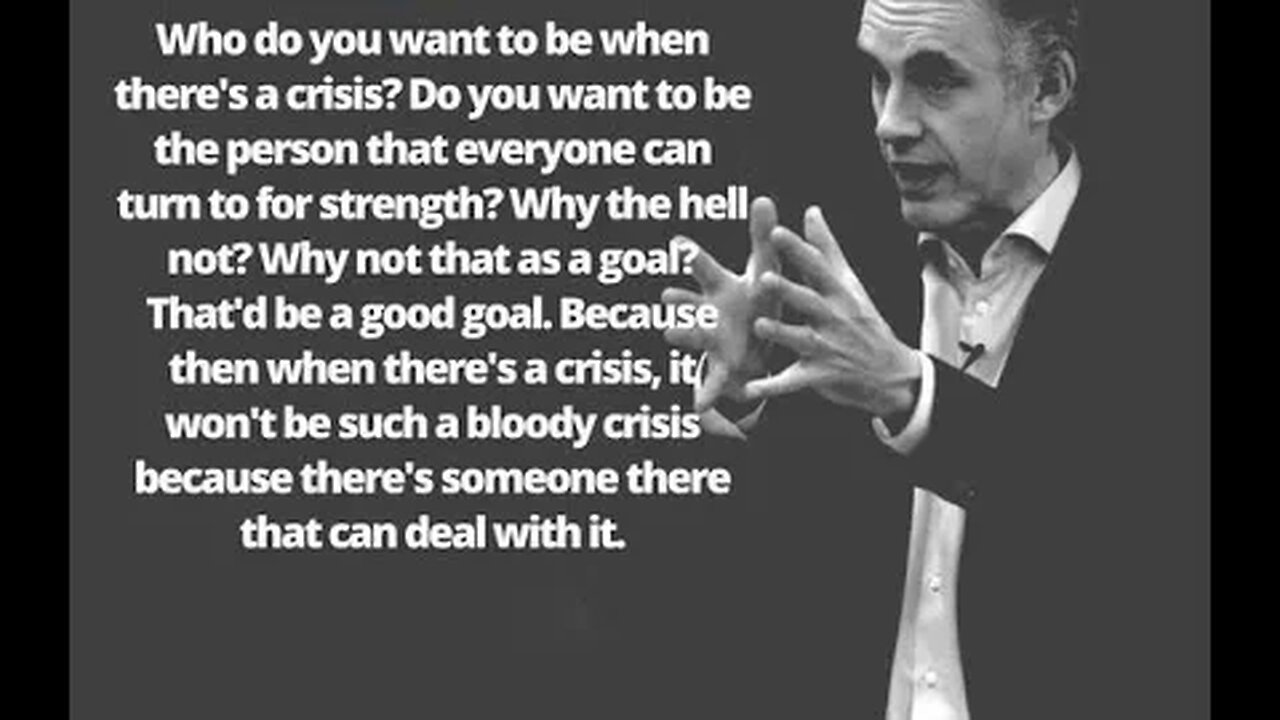
The solution is to ensure only the truly competent get to lead
Social engineering types (for that is all they are capable of engineering) love to use the word "sustainable" which implies stasis. In a competitive world where stasis doesn't exist the ONLY way for processes to be sustained is through continuous improvement which comes at the cost of showing do care for your workforce by empowering them with the tools and information to do their jobs correctly the first time. As importantly continuous improvement must focus on the customer to ensure your products and services both meet and exceed their expectations in order to remain competitive and profitable. Examine these statements in light of the present idiotic use of the word sustainable to understand why what is currently being done by the incompetent fools in charge cannot be sustained, doesn't support those entrusted with the processes, and in no way shape or form places the needs of the end user at the fore. Sustainable? There is no stasis in an ever changing and competitive world!
Election analysis: Most common occupations for candidates in each party by Josh Dehaas on CTV News.ca, Published Friday, October 9, 2015 7:26AM EDT
Agriculture:
There are farmers and other agricultural workers in all three parties, but the Conservatives appear to have the most (10), followed by the Liberals (7) and NDP (5).
Arts:
There are a handful of actors, musicians, filmmakers and other artists running for the NDP (7) and Liberals (5), but there don't seem to be any wearing the Conservative colours.
Business:
The Conservatives have about twice as many (130) entrepreneurs and other business people running as the NDP (57), while the Liberals are in
between (91). (This doesn’t include professionals like lawyers and doctors who own their own practices.)
Education:
The NDP has the most teachers, professors and other educators (47), although the Liberals -- headed by former high school teacher Justin Trudeau -- also have a substantial number (30). The Conservatives appear to have the least (11).
Government and Politics:
All three parties have large numbers of political staffers, provincial legislators, mayors and councillors, First Nations administrators and government employees. The Conservatives have 86, the Liberals have 73 and NDP have 67. Among them are Tom Mulcair, who served as Quebec’s environment minister from 2003 to 2006, and Stephen Harper, who worked for the fledgling Reform Party before winning his own seat in 1993.
Health care:
There are more doctors, nurses, dentists, pharmacists and other health care providers running for the NDP (19) and Liberals (15) than for the Conservatives (8).
Journalists:
All three parties have signed up well-known journalists, but the NDP has the most (13), including columnist Linda McQuaig, writer Noah Richler and former Radio-Canada broadcaster Anne Lagacé Dowson. The Conservatives have seven, including former Calgary Herald editor Joan Crockatt. The Liberals have four, including business writer and editor Chrystia Freeland.
Law:
The Liberals have about twice as many lawyers (62) as the Conservatives (29) and three times as many as the NDP (21). The NDP figure includes one retired judge. It should be noted that many candidates went to law school but fit bet in other categories.
Other/Could not be determined:
Some MPs couldn’t easily be classified, including a small number of religious officials, social workers and Liberal astronaut Marc Garneau. Others had occupations that couldn’t clearly be identified. This category was split between Liberals (41), NDP (58) and Conservatives (34).
Policing and Military:
There are nine current or recently full-time military members. Five are Conservatives, four are Liberals and none are running for the NDP.
The Conservatives have attracted the most police officers (8), although the Liberals and NDP each have a couple too.
Students:
The NDP has 12 students running, while the Conservatives have six and the Liberals two. Most are from Quebec, where the NDP had trouble recruiting more experienced candidates last election, and where the Conservatives still have trouble finding candidates.
Trades and Manufacturing:
There aren’t many blue-collar workers aiming for seats, and most of them have chosen the NDP (10) over the Conservatives (2) or Liberals (1). This group includes electricians, carpenters, transit workers, mechanics, factory workers and more. Many are also union representatives.
Labour Organizations:
Twenty-one people who work full-time for unions and labour organizations have opted to run, and 20 of them are NDP candidates. The other is Conservative Michael Chong, who worked for the National Hockey League Players’ Association.
Research by Emerson Brito
-
 15:06
15:06
Food for the Faithful
2 years agoThey have not rejected you, they have rejected Christ
20 -
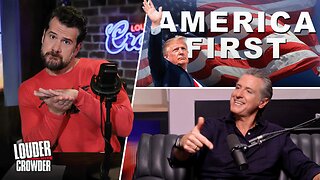 LIVE
LIVE
Steven Crowder
2 hours ago🔴Who Belongs: What the Future of the American Right Wing Looks Like
55,922 watching -
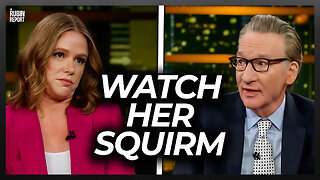 35:24
35:24
The Rubin Report
1 hour ago'Real Time' Crowd Goes Quiet as Bill Maher & Democrat Have a Tense Exchange About Zohran Mamdani
18.6K8 -
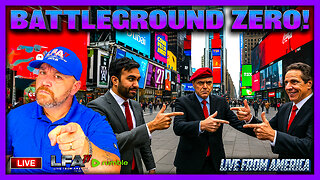 LIVE
LIVE
LFA TV
15 hours agoLIVE & BREAKING NEWS! | MONDAY 10/27/25
4,164 watching -
 UPCOMING
UPCOMING
The Mel K Show
1 hour agoMORNINGS WITH MEL K -Signal to Noise: The International Framework is Balancing Out - 10-27-25
4111 -
 UPCOMING
UPCOMING
The Shannon Joy Show
1 hour ago🔥SJ Show 10/27 * Trump Jr. Wins Massive Drone Contract From Daddy’s Military * Tom Massie Targeted For Destruction By MAGA * Trump’s Perma-Shutdown Opens Door For Mass Corruption in DC🔥
65 -
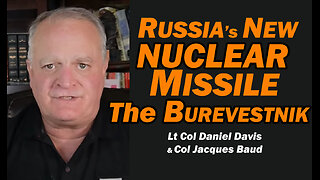 LIVE
LIVE
Daniel Davis Deep Dive
1 hour agoRussia's NEW NUCLEAR MISSILE: The Burevestnik /Lt Col Daniel Davis & Col Jacques Baud
43 watching -
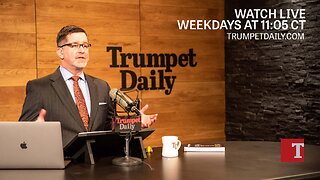 LIVE
LIVE
Trumpet Daily
29 minutes agoTrumpet Daily LIVE | Oct. 27, 2025
222 watching -
 LIVE
LIVE
iCkEdMeL
1 hour agoMajor Police Response! SWAT — Barricade Situation Turns Intense!
120 watching -
 20:07
20:07
Professor Nez
39 minutes ago🚨THE MAN IS MYTHICAL! Trump BREAKS the Internet AGAIN! (MUST SEE)
2